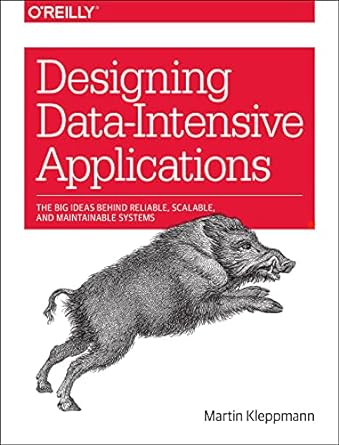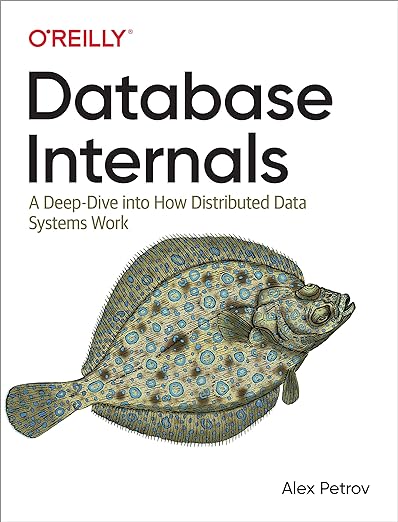The list of books for 2024
Welcome to 2024! It’s time to map out our personal growth journey for the new year. The following textbooks are not just reads; they’re the tools to empower us in achieving the goals. I’m picking up these books because they align perfectly with my growth goals for 2024, both professionally and personally.
In this learning adventure, each book is not just a read but a stepping stone in my growth journey. After each book, I’m planning to diving into summaries, quizzes, and engaging activities.
Must to read in 2024
1. Designing Data-Intensive Applications
This book is for software engineers, software architects, and technical managers who love to code. It is especially relevant if you need to make decisions about the architecture of the systems you work on—for example, if you need to choose tools for solving a given problem and figure out how best to apply them. But even if you have no choice over your tools, this book will help you better understand their strengths and weaknesses.

2. The Staff Engineer's Path: A Guide For Individual Contributors Navigating Growth and Change

You'll learn how to be a leader without direct authority, how to plan ahead so that you're making the right technical decisions, and how to make everyone around you better, all while still leaving you time to grow as an expert in your domain. In three parts, you'll explore the three pillars of an engineer's job: Big picture thinking: learn how to take a broad, strategic view when thinking about your work Project execution: dive into tactics and explore the practicalities of making projects succeed Being a positive influence: determine the standards for what "good engineering" means in your organization
3. Fundamentals of Data Engineering
Authors Joe Reis and Matt Housley walk you through the data engineering lifecycle and show you how to stitch together a variety of cloud technologies to serve the needs of downstream data consumers. You'll understand how to apply the concepts of data generation, ingestion, orchestration, transformation, storage, and governance that are critical in any data environment regardless of the underlying technology.

4. Design It! From Programmer to Software Architect

Design It! is the perfect introduction to software architecture for programmers who are ready to grow their design skills. Lead your team as a software architect, ask the right stakeholders the right questions, explore design options, and help your team implement a system that promotes the right -ilities. Share your design decisions, facilitate collaborative design workshops that are fast, effective, and fun-and develop more awesome software! With dozens of design methods, examples, and practical know-how, Design It! shows you how to become a software architect.
5. Database Internals: A Deep Dive into How Distributed Data Systems Work
Throughout the book, you’ll explore relevant material gleaned from numerous books, papers, blog posts, and the source code of several open source databases. These resources are listed at the end of parts one and two. You’ll discover that the most significant distinctions among many modern databases reside in subsystems that determine how storage is organized and how data is distributed.

Nice to read in 2024
- Managing the Unmanageable: Rules, Tools, and Insights for Managing Software People and Teams
- Pragmatic Thinking and Learning
- The art of quiet influence eastern wisdom and mindfulness for work and life Confucius
- Empowered Ordinary People, Extraordinary Products